Gear
With time, we start learning about which is the better camera or lens or light we should use, most people say "the more expensive, the better", others "the latest version is the better one".
But with time, I realized it's not entirely true, we must learn to see which is the best option for our needs, taking into consideration the price and the qualitty.
About the camera:
Technology advances quickly, nowadays we can see how some brands take their place in this industry by leading with capabilities and features. For me Nikon was my first brand of choice by some recommendations, and I got used to its quality and performance. The brand is reliable and durable and my decision to stick with it till now, is because of the lenses I have, all were made for Nikon mount. Maybe in the long run I will just renew the model, but keep the brand.
Personally I must say, you can be a good photographer no matter which camera you use, but it depends on how you use it, I have seen people taking out of their bag the latest model of Sony (for example) while don't even knowing where or how to activate the bracketing function, or asking "does this camera have that function?", or "what is bracketing?"
About the lenses:
Part of my experience getting new gear everytime I could buy or try stuff, I would find that the glass quality is the most important thing in a lens. Some known brands sell a lens very expensive just because it has so many features (vibration reduction, fast focus, good aperture, or just the logo on it), however that's not important if the glass is not giving you color quality, the sharpening, CA and so many other caracteristics that help you getting the photo you want.
A very importan limitation in buying lenses is the money, once you get a lens, if it doesn't meet your needs, it's gonna cost you more just trying to sell it. My recommendation in this is, that you have to read reviews, whatch videos, if posible, borrow and try it out, but most important, knowing what you need it for!
Putting aside the brand, concentrate on the capabilities and the final result you want in a picture, let's say portrait, landscape, sports, nature, etc, the quality of the lens depends on how good the light passes through it.
My Collection: here I want to show you my lenses and why I chose them, some of the caracteristics and functions.
Voigtländer 20mm f3.5 Color Skopar prime
Full metal lens, wide, made for full frame cameras, this lens gives you the chance of using it for landscapes, indoor photography, some use it for events, since the sharpness is excelent with almost 90% of the image at f8.
It has some advantages like how you just find the sweet spot of infinity focus and concentrate on light and angle, however, it has weaknesses too, manual focus but full electronic coupling, no vibration reduction, no zoom, distortion at the borders (easily corrected in lightroom), not good for groups of people (only if they are in the center).
For night photography it is very good, not the stars, but long exposure in the city or mountains, for traveling it is perfect because its weight is about 220grs and it is just 5cm long (pancake style).
Here are some examples of pictures taken with this lens:

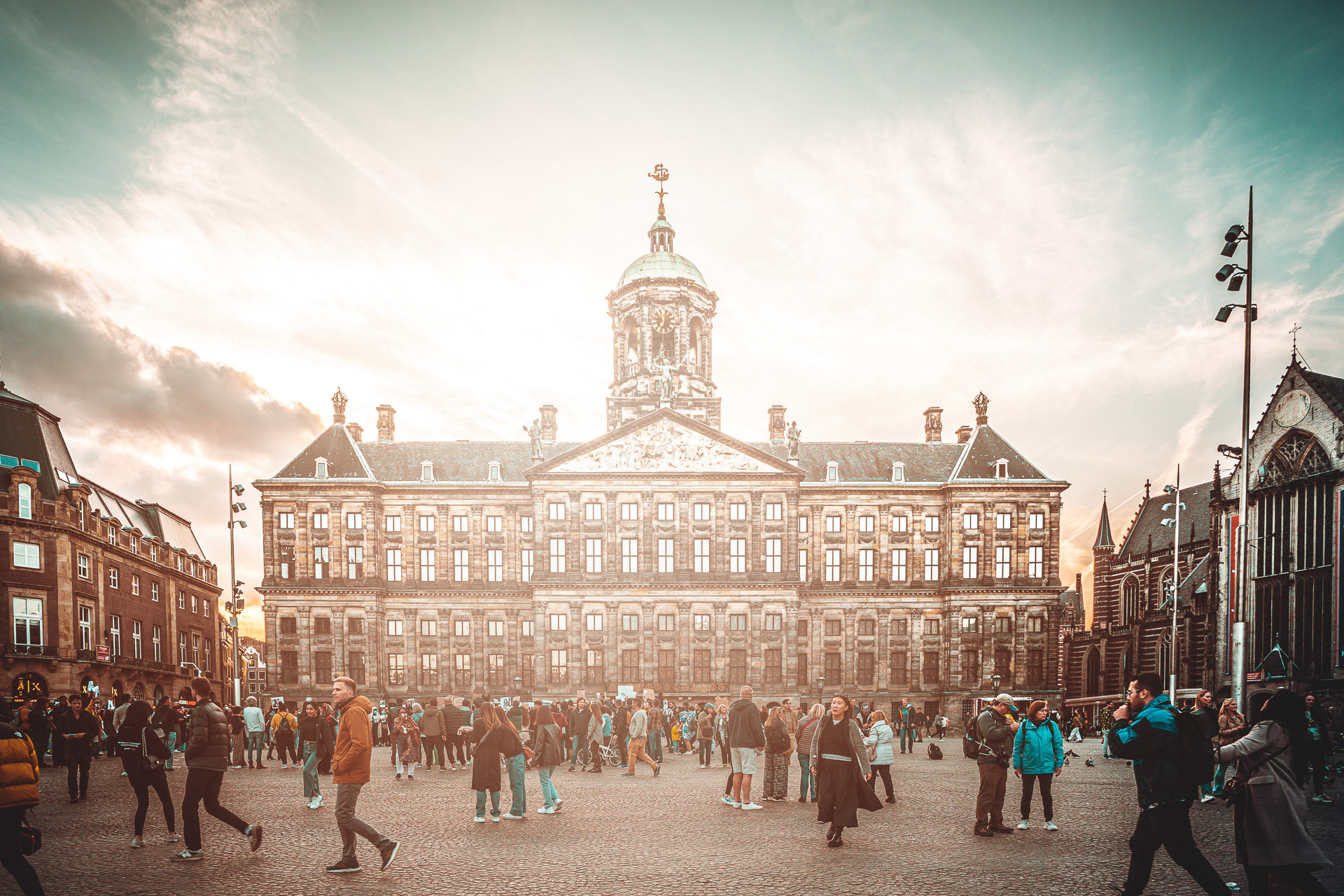


Voigtländer 40mm f2 Ultron prime
This is a pancake type lens, the weight and size is amazing (200grs and 5cm), full metal made, the sharpness is incredible even in the corners, it is by far better than a Nikon. This small beast is so well made that you just need to put the focus to the end (infinity) and you are ready to shoot landscape, a group of people or a street photo.
I can't avoid the fact that this lens is manual focus ONLY, the electronic contacts are just for comunication between the camera and the lens (F number, light meter, etc), the price for what you get is I think too high, but the quality and performance is worth it. There is no VR or other electronic features. This lens is for day by day use, the 40mm is not too close like 50 and not too far like a 35mm.
An interesting fact of this lens, is that it comes with a macro accesory, so you can get closer to small objects and obtain nice details.
Here are some examples of pictures taken with this lens:




Voigtländer 58mm f1.4 Nokton prime
This magical lens is a full metal, best build construction, great luminosity and colorfull glass, sharp and nice bokeh, weigths only 335grs and is 7cm long, you can combine 58mm filters with the 40mm or 20mm, I just need a $5 ring adapter.
The only but big disadvatange about this lens is manual focus ONLY, so with this aperture it is very difficult to get subjects in focus. It takes time to master the soft and smooth focus ring, it has electronic contacts for communication with the camera.
The price is worth it for the quality of the image, nothing to envy from Nikon similars or Sigma ART for the double of the price. This lens is perfect for portrait, landscape (merging photos), stars, product photography and architecture.
Here are some examples of pictures taken with this lens:


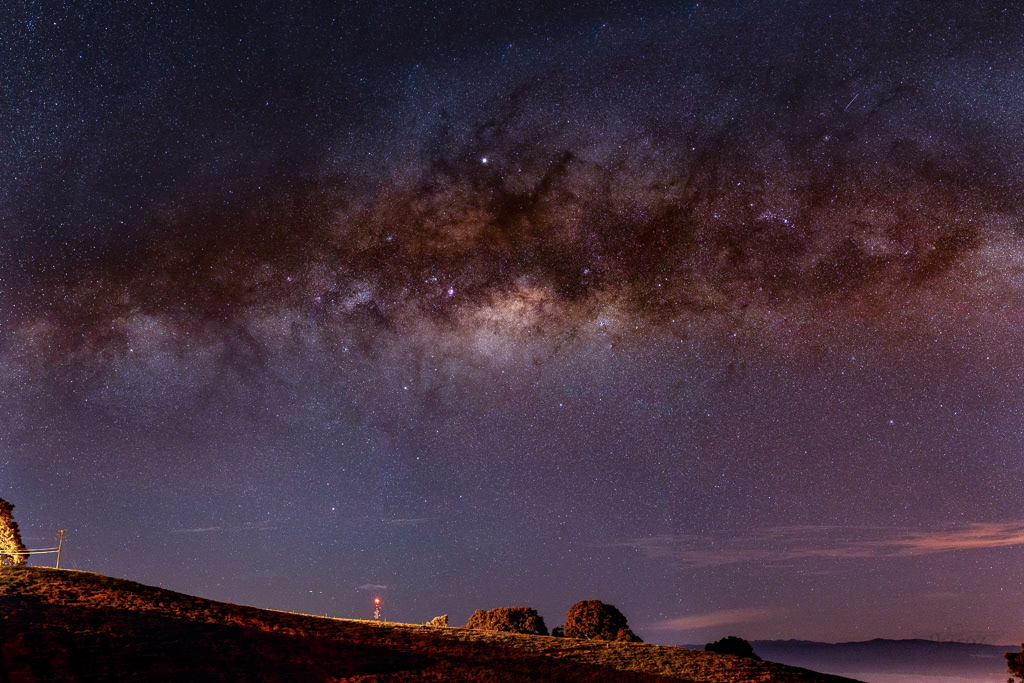

Helios 58mm f2 prime M42 mount
This is a fun lens, full metal, made in Russia, the mount is M42, so I need an adapter for my camera, super cheap lens.
The use of this lens is just to get the special spiral way bokeh, it is so original and you will have fun using it. The quality is regular, because the effect is only in the f2 aperture, sharpness is weak.
For my camera there is no infinity focus function, only in mirrorless cameras or with a special adapter (with glass).
Here are some examples of pictures taken with this lens:




Zenitar 85mm f1.4 prime
This is a big monster lens, glass and metal, made in Russia, no electronic contacts, just put it on the camera and start playing with it.
Smooth focus ring, this tank weights 609grs and is 7.5cm long, costs around $500, worth the money, because the bokeh and the sharpenning is outstanding, however, very difficult to get things in focus, aperture and distance takes time to control.
This lens is specially made for portraits, any other use would be up to you.
Fun fact, you can't out it on an analogue camera, the base does not fit.
Here are some examples of pictures taken with this lens:
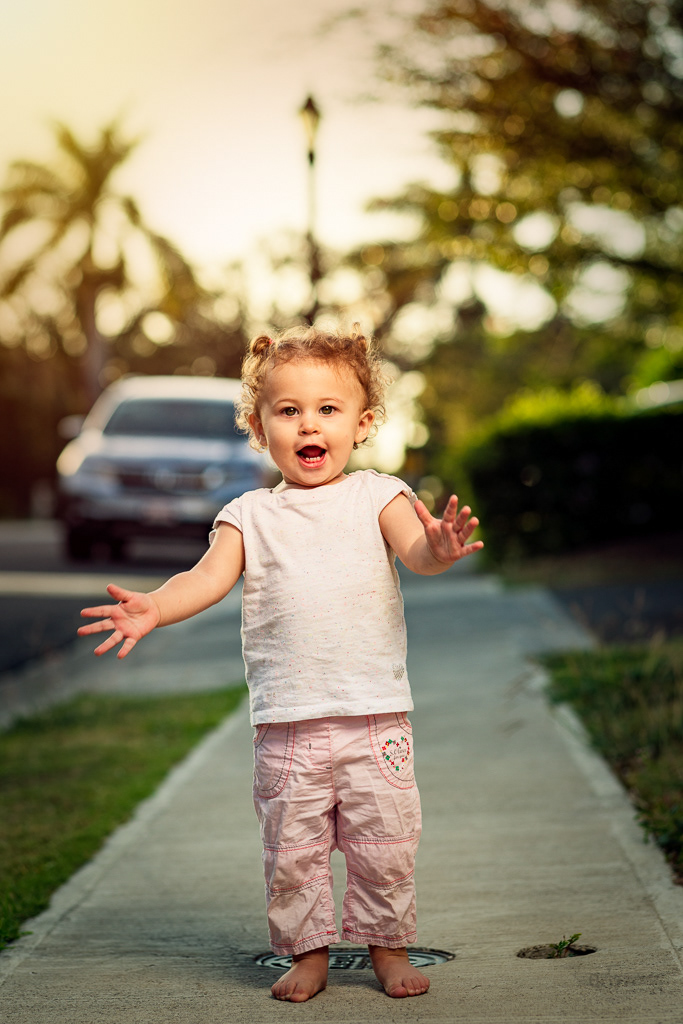



Nikon 105mm f2.8 Macro
This is a classic Nikon lens, specially made for macro at 1:1 magnification, I used it for product photography as well. The price of this lens is about $280, and compares with a Nikon N series macro (latest model), the quality is almost the same.
Full metal autofocus lens, it is not fitting for portrait photography because the bokeh (not smooth) at maximum aperture. I use it to connect with an old 50mm nikon lens, with a double screw ring and get like 3:1 magnification for taking super macro pictures, it's a lot of work, but the results are incredible.
It weights 614grs and 13cm long, the autofocus option in this lens is not really worth it, because if using it for macro protography, the focus process is more manual (I personally don't use it). The closest focus point of this lens is aprox. 31cm, that means from the sensor plus the lenght of the lens, you can start taking pictures at 13cm from your front element.
Here are some examples of pictures taken with this lens:


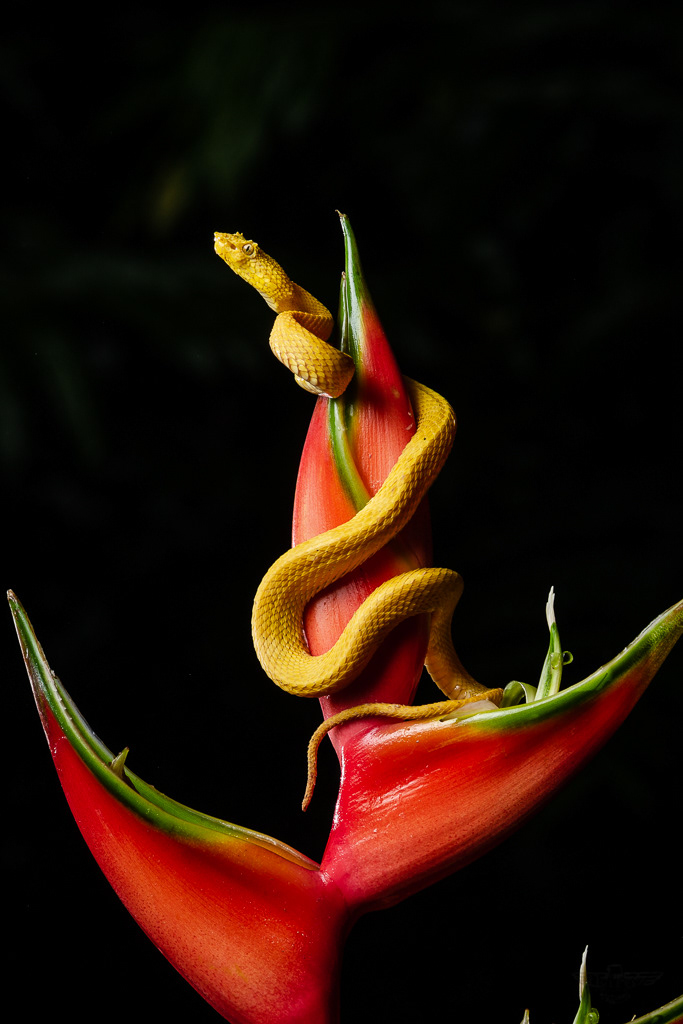

Nikon 80-200 f2.8 AF-S
This lens is the second version of 80-200mm before they changed it for the 70-200 series, at the end the glass quality being the same, this lens misses some features like VR, a faster focus motor and lightness.
It is heavy, about 1620grs and 23cms long, it has internal focus, so it doesn't get larger. It's perfect for social events, portraits, when you can stand far away and take pictures without being noticed. Super sharp, the VR is not really necessary if you can take advantage of the aperture+ISO+tripod (it comes with a collar).
It is expensive but not as,uch as the newer brothers, it costs around $650
Here are some examples of pictures taken with this lens:




Nikon 300mm f4 AF-S
This is my nature photography lens, as you can read, I use it to take different kinds of pictures, right now I don't really have a preference, I'm still learning and hopefully will be able to dedicate 100% to this profession.
For now, this lens has what I need for birding or wildlife, I added to this lens a multiplier of 1.4x to get closer to subjects witout losing too much quality, I normally shoot at F7.1 or F8, looking for good light situations. Like the other lenses, I used it in manual focus, not because I want it, but because the focus motor burned :(, so I have to use it as it is hoping the bird doesn't move too much.
This lens is heavy, around 1655grs and 31cm long, adapter and hood included, very sharp but no so luminous, it has a collar ring for tripod (do not leave the tripod at home). The price is ok, around $500, as nature is my hobby it is perfect.
Here are some examples of pictures taken with this lens:


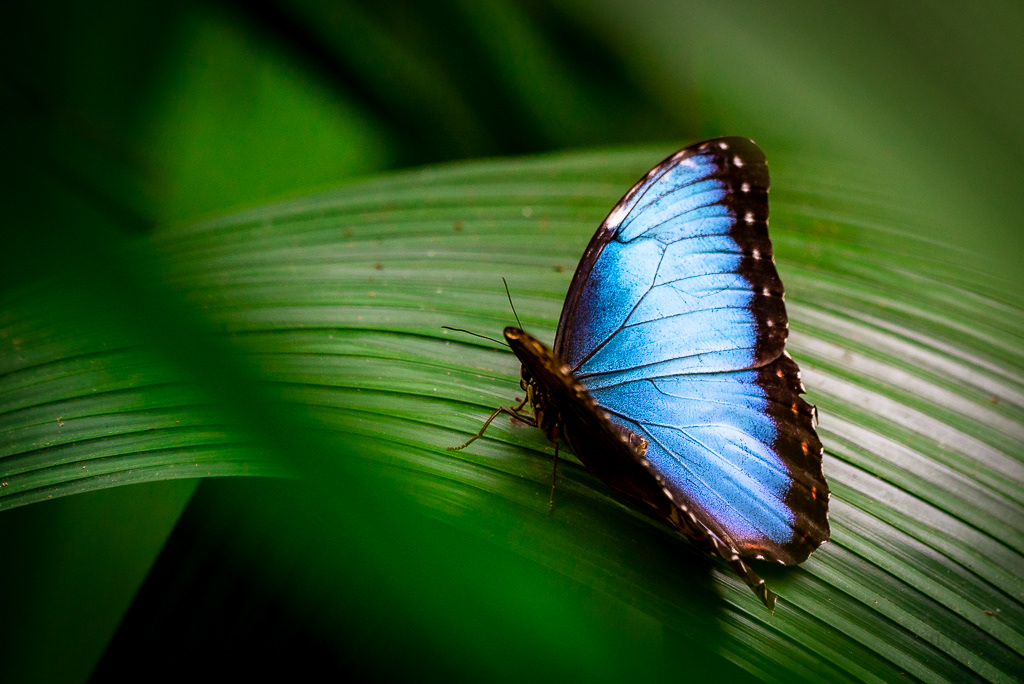

The conclusion:
As I showed you before, the focal range I have covers almost any type of photography, some people ask me why not choose zoom lenses? That way I don't need to carry so many lenses and have the versatility of the zoom, yeah ok, that could be good, but what is the price for that? Are they the same quality? Would you get the same results? In my experience the prime lenses are somehow better, also the need of moving around to take a good shot is possible with fix lenses (you have no choice).
I hope you find the lenses you need in your pursuit of the best pictures.
Thanks!
